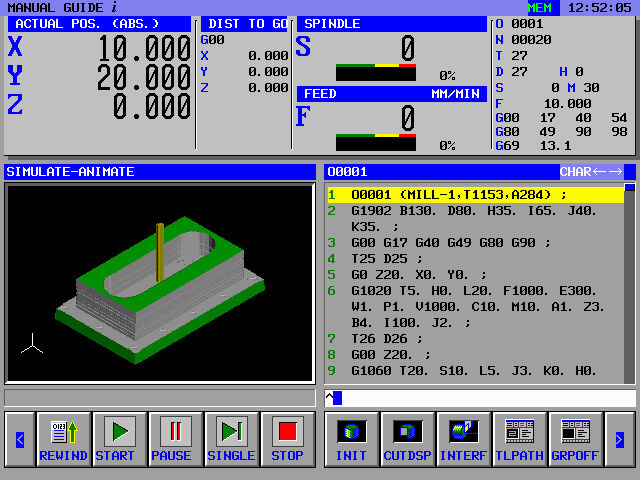Numerically controlled (CNC) machining is a manufacturing process that many industries have incorporated. It is because the use of CNC machines can increase production. It also has a wider range of applications than manually operated machines.
When the CNC system is activated, the required machining dimensions are programmed into the software and assigned to the corresponding tools and machines, which perform the assigned dimensioning tasks, just like robots. In CNC programming, code generators in digital systems often assume that the mechanism is flawless, although there is possibility of error, which is more likely when the CNC machine is instructed to cut in multiple directions at the same time. The placement of tools in the CNC is outlined by a series of inputs called part programs. Using a CNC machine, input the program through punch cards. In contrast, programs for CNC machine tools are entered into a computer via a keypad. CNC programming remains in the computer’s memory. The code itself is written and edited by programmers. Therefore, CNC systems offer a wider range of computing capabilities. Most importantly, CNC systems are by no means static, as updated prompts can be added to pre-existing programs by modifying the code.



